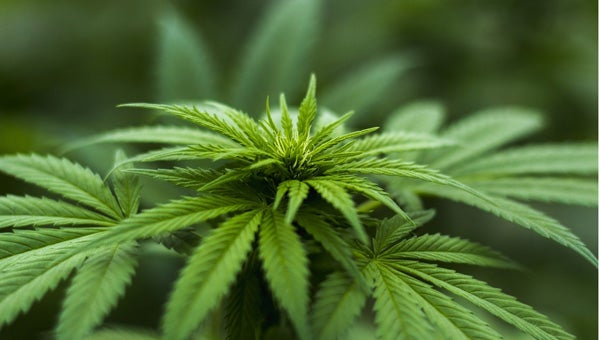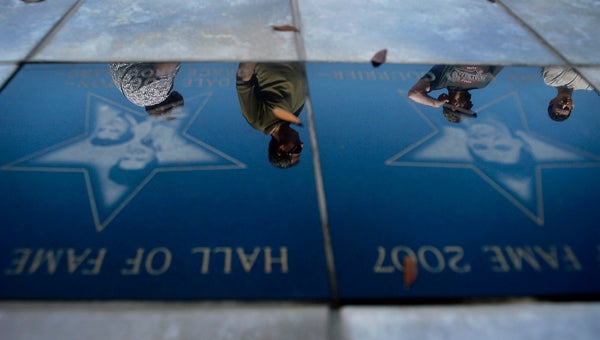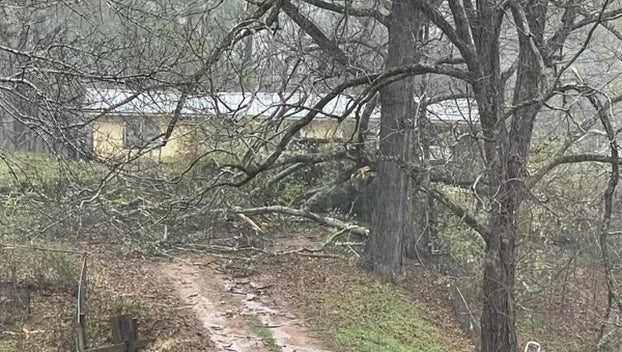LSU testing use of unmanned drones to help farmers
Published 12:10 am Monday, January 6, 2014
BATON ROUGE (AP) — LSU AgCenter researchers are examining the possibility of using unmanned drones to help farmers monitor their crops from the air.
“The technology appears to be promising,” said AgCenter engineer Randy Price.
Price said a drone was used recently to check freeze damage in a sugarcane field by taking aerial photographs.
He said the AgCenter hopes to send a drone equipped with a sensor to measure crop growth. The device measures the growth of a plant, providing indications of whether more fertilizer is needed on specific areas of a field.
Jimmy Flanagan, LSU AgCenter county agent in St. Mary Parish, is learning to use a helicopter drone to fly over sugarcane fields to determine if adequate fertilizer has been applied.
Flanagan said the drone would be useful in maturing fields of sugarcane and corn where it is difficult to scout tall crops for disease and insufficient fertilizer.
Flanagan said radio-controlled airplanes are available. “The copter is good for certain things, but the fixed wing is faster for covering larger acreage.”
Price said Charles Malveaux, an LSU AgCenter research associate, has built three programmable drones. “We’re in the process of building two more right now.”
Price said the Federal Aviation Administration is writing regulations for drones to prevent interfering with other aircraft, including agricultural airplanes and helicopters. The unmanned devices are still classified as hobby aircraft not available for commercial use, he said, but new regulations will address commercial applications.
Flanagan said the LSU AgCenter is applying for a special FAA permit to conduct more research.
He said entomologists should be able to use drones to seek out crop-damaging insects, and other scientists will be able to quickly view a field for herbicide-resistant weeds.
Steve Linscombe, director of the LSU AgCenter Rice Research Station, said the battery-powered drones might be useful in rice breeding.
“We think that they might be useful in creating wind movement that might facilitate the transfer of pollen from restorer lines to male sterile lines to create the F1 seed,” he said.






